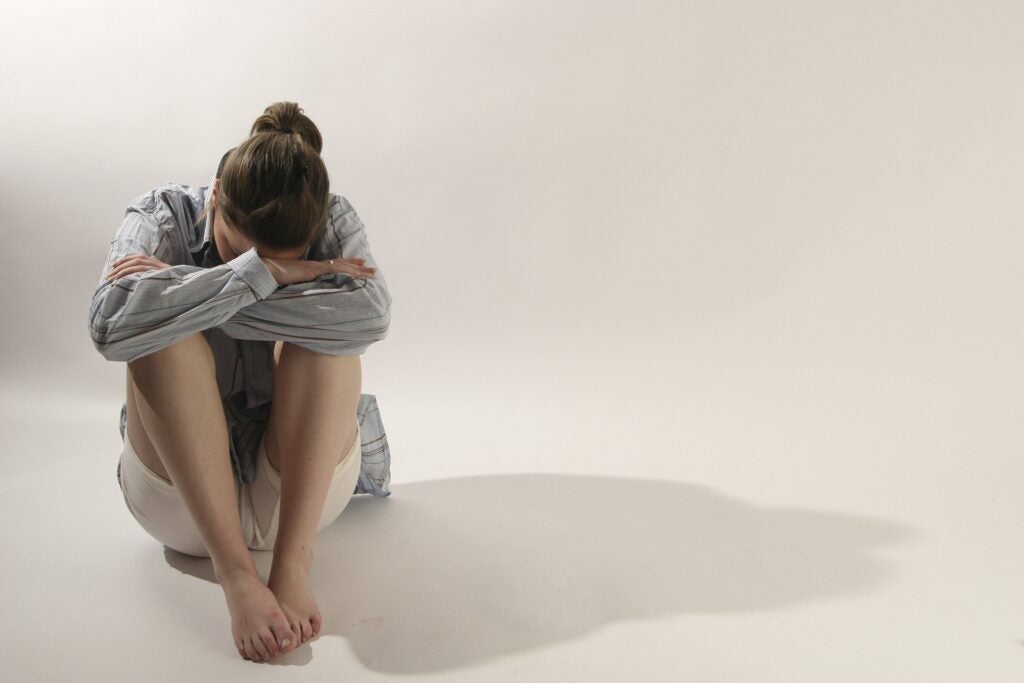Sexual assault survivors suffer from PTSD, tips for buying the most protective shades, scientists say it is possible to float on air
INDIANAPOLIS (WISH) – Below is a round up of health headlines for the week of July 18, 2021
Listen to this story:
75% of sexual assault survivors from PTSD
According to new study by researchers at the University of Washington School of Medicine, 75% of sexual assault survivors experience post-traumatic stress disorder, or PTSD, one month after the event. The good news is scientists found–with proper treatment–the percent suffering dropped to 54% after three months and 41% after one year.
PTSD is characterized by symptoms such as reliving a traumatic event in nightmares, thoughts or flashbacks, negative emotions and feelings of self-blame. The authors say in the paper “one of the main takeaways is that the majority of recovery from PTSD happens in the first three months. We hope this will give survivors and clinicians a sense of what to expect and convey hope to patients.”

Tips for buying the most protective shades
All sunglasses are not created equally. That’s according to doctors at the American Academy of Ophthalmology. Picking a pair of shades based on fashion without the proper protection may lead to cataracts, eye growths and eye cancers. Here’s what the academy want you to know:
- Look for the label. Only purchase sunglasses labeled 100% UV-A and UV-B or UV400.
- Size matters. Large lenses provide more protection but wrap-around glasses offer the best coverage. They protect the eyes from UV light entering from the side.
- Price does not matter. You can purchase a perfectly protective pair of stylish sunglasses on a budget. As long as they have the 100% UV label, they’ll do just fine.

Scientists say it’s possible to float on air
Ever heard the phrase floating on air? Well, it might not just be a phrase. It could be a reality…if you’re an elite runner that is. A recent study led by professional runner and researcher at the University of Michigan, Geoff Burns, assessed the biomechanical “bouncing behavior” of elite runners versus those who were highly trained runners yet not considered elite.
Burns found elite runners spent more time in the air and less time on the ground compared to the highly trained group. “We often think of running as pushing off the ground,” Burns said in a news release. “But it’s actually a beautifully coordinated bounce. All animals that run like this–even the ones with multiple pairs of legs–coordinate to “bounce” along the ground. Burns says even if a person is not an elite running, it is possible to train and go from push to bound, which will quicken one’s stride.



